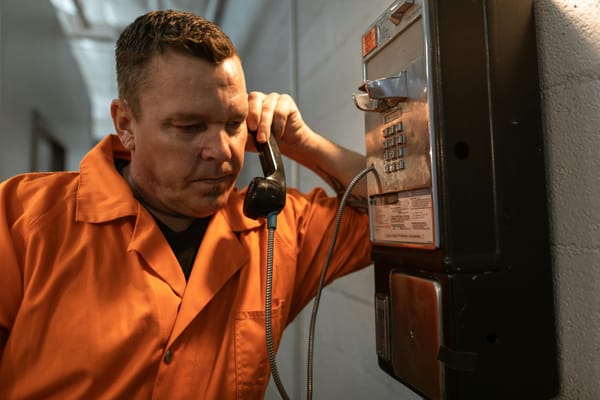How Broadband Mapping Can Help Communities with Chronic Health Conditions
WASHINGTON, June 15, 2017 – The Federal Communications Commission’s Connect2Health Task Force last week announced updates to a broadband mapping platform to allow communities and businesses to better use high-speed internet to help patients with chronic health conditions. “As a famous writer once sa

WASHINGTON, June 15, 2017 – The Federal Communications Commission’s Connect2Health Task Force last week announced updates to a broadband mapping platform to allow communities and businesses to better use high-speed internet to help patients with chronic health conditions.
“As a famous writer once said, ‘data are just summaries of thousands of stories,’” Michele Ellison, chairwoman of the Connect2Health Task Force, said in an agency press release. “This critical update to the Task Force’s mapping platform unpacks the broadband health realities faced by communities nationwide and makes them easily accessible to the public and decision-makers.”
Medicine and health products can now be ordered online. The map allows broadband service providers to know areas that lack efficient broadband services for the delivery of medicine and for other services. The map allows states and counties to evaluate health data, demographic data, and information about broadband availability.
The Connect2Health Task Force also created two lists for “critical need” counties that it called Priority 2017 and Rural Priority 2017. All counties were considered for the Priority 2017 list, which consists of 96 counties. Only rural counties were considered for the Rural Priority 2017 list, which consists of 175 counties.
To come up with these lists, population data, health data and connectivity data were taken into consideration. Counties had to have a population higher than the national median for a county or rural county. For health, the task force focused on counties with diabetes and obesity over the national median of the population — which is 9.9 percent overall and 27.8 percent for rural counties.
For counties to make it onto the priority lists, the population of the counties without broadband access had to be equal to or less than 50 percent, and internet adoption had to be equal to or less than 60 percent.
“The mapping platform shines a critical spotlight on the need for broadband health solutions in rural and digitally-isolated counties where physician shortages are more than double the national average,” Ellison said. “It also demonstrates the importance of initiatives to promote broadband infrastructure employment.”
The current fixed data in the mapping platform was released in December 2016.
Not surprisingly, counties with the least access to physicians are also the least connected. Almost half the counties in the United States have high burdens of chronic disease — and a need for more broadband access. More than 60 percent of rural Americans live in these counties, but less than 5 percent of urban Americans do.
Additionally, rural counties are 10 times as likely to have low broadband access as urban counties. “Critical need” counties are made up of about 7 million people. Almost 45 percent of “critical need” counties had worsening broadband than the previous year, and this makes up about 3 million people.
The map was created to help identify issues, according to the FCC.
“By examining the relationship between connectivity and health at a local level, the map can help to identify current issues and develop future solutions to address connectivity gaps and promote positive health outcomes.”
Commissioner Mignon Clyburn also released a statement on the update of the mapping platform.
“By investing in this vital broadband health mapping platform and unveiling a new list of critical need counties, the Commission is providing the data needed to ensure connectivity reaches those communities most in need,” Clyburn said. “I am confident that when relevant stakeholders work together across sectors, we will successfully break boundaries at the intersection of broadband and health policy.”










